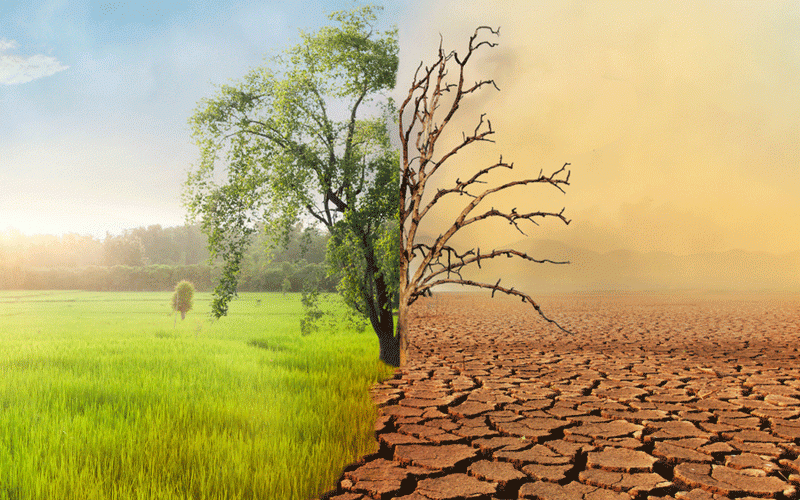
THE climate action agenda is not complete if our resilience building exercises are not complemented by current and updated data.
Climate data is key for dealing with time series in climate-induced disaster occurrence as measured by a period of say, five or so year interval. This is significant in informing climate adaptation players if, indeed, resilience building is taking place or if there can still be resilience building gaps to be attended to.
Climate data building exercises are key in understanding the nature of climate risks and the challenges being encountered during the adaptation initiatives. Stale climate data provides a wrong picture of events unfolding on the ground and they serve to deceive the resilience building exercises.
This is the problem that many developing countries are facing, they are climate data starved and insecure hence they are always chasing climate repositories and inventories of the ever upscaled climate data from developed countries. In this regard, many developing countries end up being copy-cats or parroting internet-mined data inventories of developed countries.
In developing countries, the use of data for climate resilience is affected by weak research uptake, lack of resources, lack of transparent climate governance, poor human rights records leading to climate injustices, stupid politics of the day and lack of investment in technology transfer.
The organisations on the ground, working to collect, share and use data for climate resilience and sustainability are ill-equipped to perform their duties.
Technology in terms of geographic information systems, satellite imagery and mapping, artificial intelligence and machine learning entail the processing and analysis of big data sets which make it possible to come up with trends and prediction of disasters.
These relevant technologies are significant in predicting the impacts of ragging disasters thereby forming part of early warning systems, early response mechanisms and building resilience in the process. These technologies are highly-informed, precise and provide timely and accurate information during disasters. This information helps in decision making, disaster response planning and providing real-time data on disaster events.
The availability of these technologies means the use of seasoned and skilled data experts who can address the challenges faced through a better understanding of a wide range of data topics. Collecting, sharing and using data for climate resilience is a community of practice for skilled experts who can interrogate data related issues in competent, credible and informed ways.
Every country needs accurate data to project the correct disaster risks on the ground as inadequate or poor-quality data can lead to inaccurate results which can be disastrous in themselves.
Since, developing countries may not enjoy the benefits of these emerging technologies, due to absence of technical expertise and infrastructure, data derived from future climate models and impacts may not be readily available yet it is key in climate resilience building. Climate data poverty, substandard technologies and machinery, poor expertise and lack of competence are the main undoing and stumbling blocks to effective and sufficient resilience building for developing countries.
The desired technologies are designed to provide satellite imagery for wide areas for environmental data, soil, land-use and socio-economic data sets. These are important in uncovering frequency and magnitude of recurring floods, droughts and other climatic hazards. Therefore, if the technologies and expertise are not readily available then knowledge of the above would be the missing link.
Knowledge of the various climate data sets enhances stakeholder ability to determine vulnerability, resilience and adaptive capacities for people negatively impacted by disasters.
On another note, developing countries may be lagging in climate data sufficiency and resilience because of relying too much on desktop research, with less emphasis on satellite imagery and geo-information systems.
While desktop research is key in facilitating diverse information adequacy, the process cannot contribute to climate resilience in the absence of advanced satellite technologies. Establishing and maintaining these emerging technologies can be capital intensive for developing nations. To ensure continuous integration of these technologies into disaster and disaster management, developing nations need upscaled technologies and maintenance of relevant infrastructure which they currently do not have.
The use of data for climate resilience and disaster management, creates diverse opportunities for sustainable knowledge and information sharing in data landscapes. For these reasons, it is important to note that climate change challenges can be sufficiently addressed through data management.
Climate data management for resilience building should be continuous to avoid data information gaps, data inadequacy, data controversies and data poverty.
Peter Makwanya is a climate change communicator. He writes in his personal capacity and can be contacted on: [email protected].











